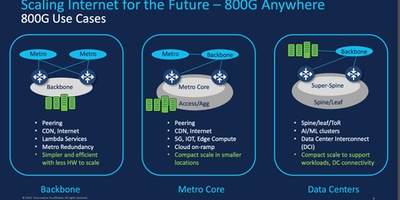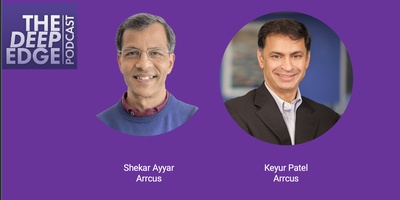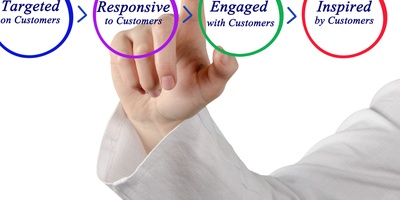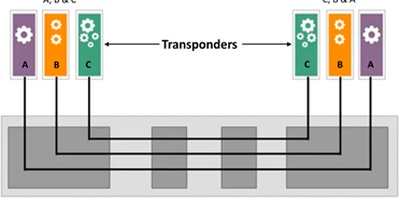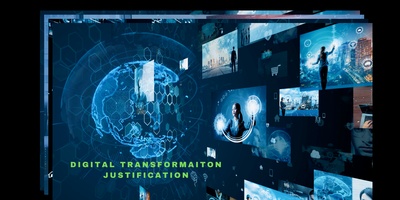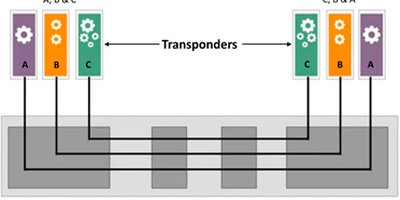
This blog, written after Oracle’s Modern CX event (#ModernCX) in Las Vegas in March, outlines some of my key take-aways about the Oracle CX Suite capabilities and directions for communications service providers.
Oracle CX Suite Overview
Oracle CX provides functionality supporting B2C and B2B offerings across multiple industries, including telecom. It provides interfaces for end-users and internal sales and support personnel and automated process support for sales, service, commerce, and marketing across the entire customer journey from discovery to engagement to consume to serve.
The Oracle CX Cloud Suite is composed of multiple components offered as SaaS: Marketing Cloud, Commerce Cloud, Engagement Cloud, Service Cloud, CPQ Cloud, Subscription Cloud, Loyalty Cloud, Social Cloud, Data Cloud, CRM Analytics Cloud, CX Industry, and CX Platform.
Oracle CX “all in” on Cloud
As has been the strategic direction for several years, Oracle is committed to moving its customers to the cloud for all their needs. Nearly all new software capabilities are run on the Oracle Bare Metal Cloud and delivered as SaaS to customers worldwide[1]. Oracle Consulting has recently moved to supporting only cloud-based implementations; any on-premises work is left for its systems integration partners. For its current Siebel CSP customers, Oracle is now providing best practice guidelines and blueprints to enable them to deploy Oracle CX capabilities quickly.
My Take:Oracle’s strong commitment to SaaS in the enterprise market makes good strategic sense, and especially for the CX area, where Salesforce validated its use. However, the take up in telecoms is slower than in the general market. Oracle and its competitors have significant issues in migrating their current customers that have made substantial investments in pre-cloud systems.
Data and AI take center stage
Data on consumers and enterprises was a key focus area at the conference. Oracle detailed its Oracle CX Unity Customer Intelligence Platform that provides a comprehensive customer data platform for consumers and enterprises. It incorporates company-provided data from Oracle and data from third parties. The platform integrates the capabilities of Oracle’s recent acquisition, Datafox, which provides not only firmographics data on over 3.5 million companies (and growing at 50% per year), but also the AI powered analytics capabilities to trigger actions based on changes to the data. The current list of 68 triggers ranges from growth forecasts, to layoffs, to major company personnel changes to business risk signals. This further enhances Oracle’s Data Cloud that already managed six billion digital consumer and one billion business profiles. This service is available on a per-use basis and can be leveraged by marketing, sales and customer care systems in telecoms to provide a real-time customer 360.
My Take: The capabilities of the AI based analytics to extract meaning from large datasets has made these data even more valuable to businesses. This will create an escalating competitive race to create and exploit these data that will last for the next five to 10 years. If highly successful, this will create another driver for consolidation in the telecom industry.
Supporting customers and internal CSP personnel
Although called “customer experience,” the solution suite also addresses the experience of the internal company users of the systems. Oracle detailed features to “make inexperienced sales people just as productive as the best, experienced salesperson.” These include the usual facilities for creating prioritized action lists with recommended next-best actions and next-best-offers. It also includes the ability to estimate sales probabilities based on experiential data mined from past interactions then using these for the next-best sales actions where flexible definitions of “next best” could include discounts driven by the need to fill sales quota gaps late in the fiscal period. For telecom, Oracle CX solutions provide salespeople the ability to create proposals and quotes in real time, reducing the lead to proposal and quote time.
My Take: The focus is shifting away from features that in the hands of marketing and sales experts supported by data scientists could increase the probability and ARPU of sales activities. The new direction is to industrialize, democratize and scale the capabilities, essentially deskilling the sales jobs. This is an inevitable direction, although overall, it makes me sad.[2]
Personalized, post-text content for users is the new direction
There was much discussion of the move from text-based web pages to “pageless” display of information in more interactive formats, including video and future augmented reality. Oracle articulated its strategy and offerings in this space, including its creation of an open-sourced front end for all its CX products that will allow the replacement of web pages with images and video content. Oracle will provide overall content management, replacing the average of 26 siloed content management systems in use in an enterprise today. It comprises an assets hub and facilities for auto-tagging and discovering rich content, then assembling the content on demand. This supports micro-segmentation or even personalization (especially important in the B2B market).
My Take:Managing the tremendous volumes of ever-expanding, customized content is an important and increasing problem in business (and on my PC!). This looks important.
Industry-specific adaptive intelligent apps
Although the Oracle CX Suite is cross-industry, important use cases will have their own “Oracle Adaptive Intelligent Apps.” These will all be cloud based and based on specific use cases. For consumers, they include NBO & product recommendations, intuitive search, optimized marketing orchestration, among others. B2B apps will include next-best actions and a “deal accelerator” to fill revenue shortfall. For CSPs, the Oracle CX solution uses digital profiles and AI to provide personal recommendations to anonymous shopper acquisition on online and digital channels.
My Take:Oracle has taken a cross-industry platform-based approach so far. It is time for more specialized offerings for individual markets, such as communications. Oracle CX is offering these capabilities in marketing, sales, and customer service. This appears to be a good way of starting.
Replacing best-current-practices with data-derived practices through AI
Oracle discussed several cases where its software could be trained by existing data to provide next-best actions, next-best offers, optimized customer segments, customization, journey optimization and many other processes. The outcomes of these recommendations and optimized processes are used to further optimize them via continuous machine learning.
My Take: We have been in a period of re-engineering and optimization for nearly the last thirty years.[3] The re-engineered processes led to best current practices that were captured and spread throughout the organization. This is a very different way of optimizing processes and outcomes, customized for the individual companies, that shows
Click for more information about Mark Mortensen.
[1] However, Oracle Communications is still delivering its pre-existing applications software products and virtual network functions as on-premises software.
[2] See Michael Sennett, The Corrosion of Character: The Personal Consequences of Work in the New Capitalism, 1999.
[3] Michael Hammer’s 1990 Harvard Business Review article, “Reengineering Work: Don't Automate, Obliterate,” was followed by his books The Reengineering Revolutionand Reengineering the Corporation.






